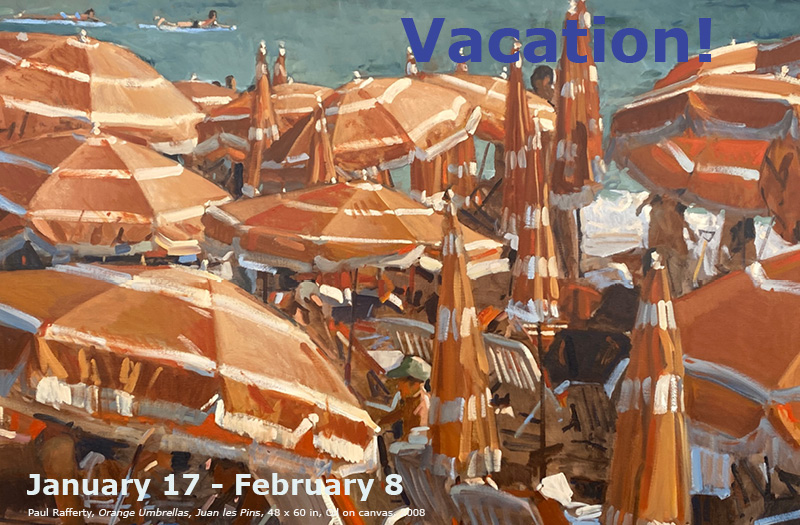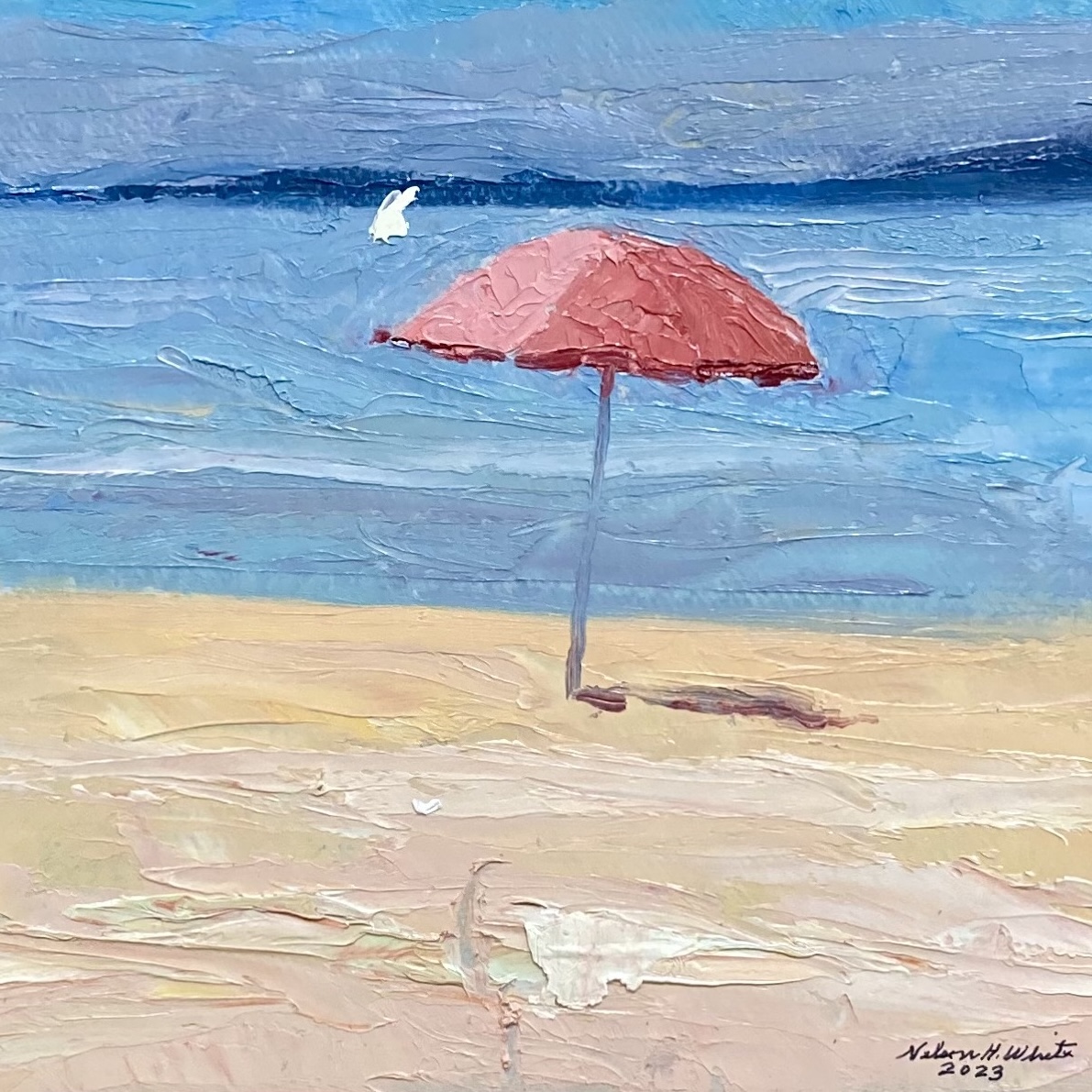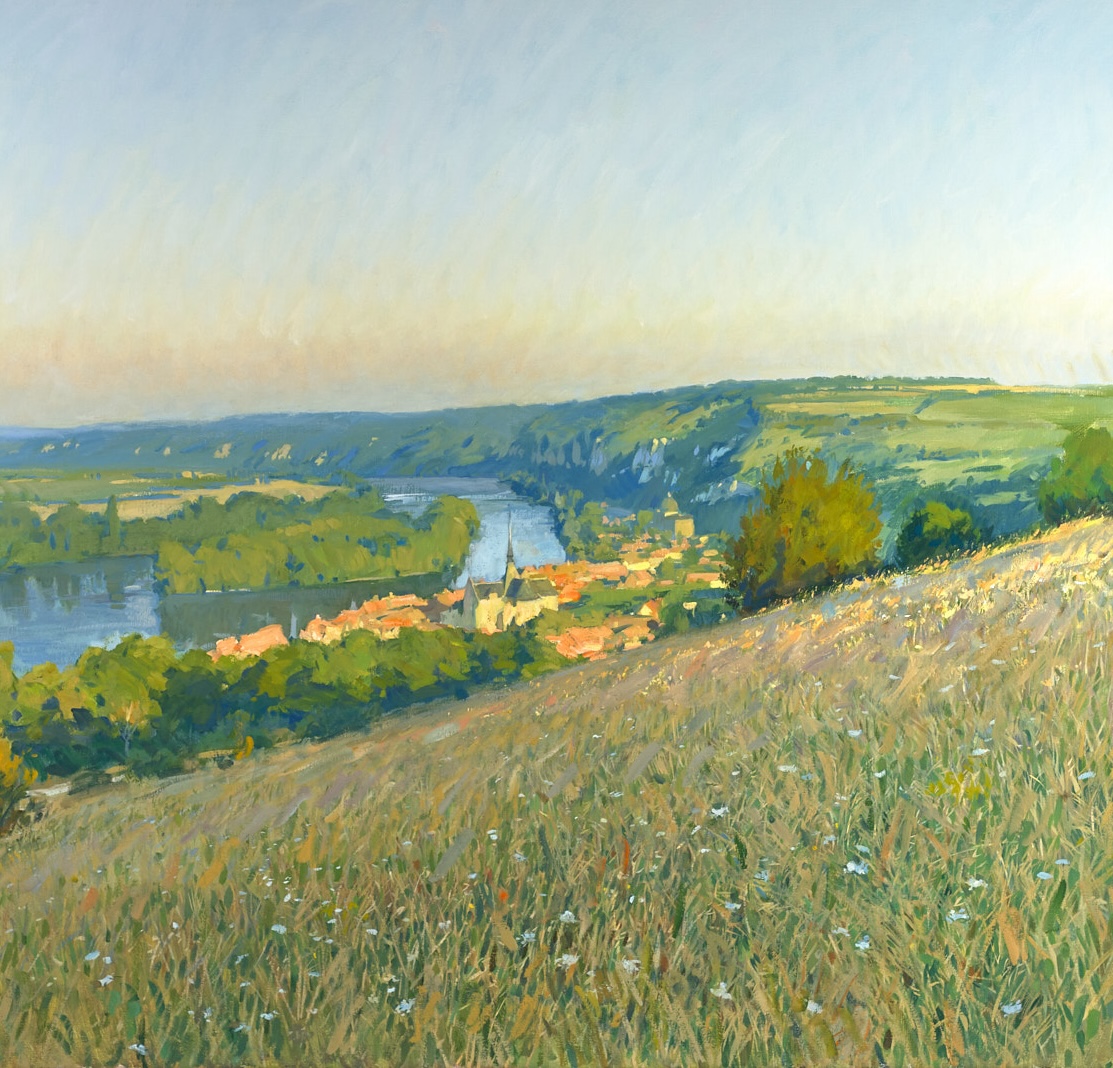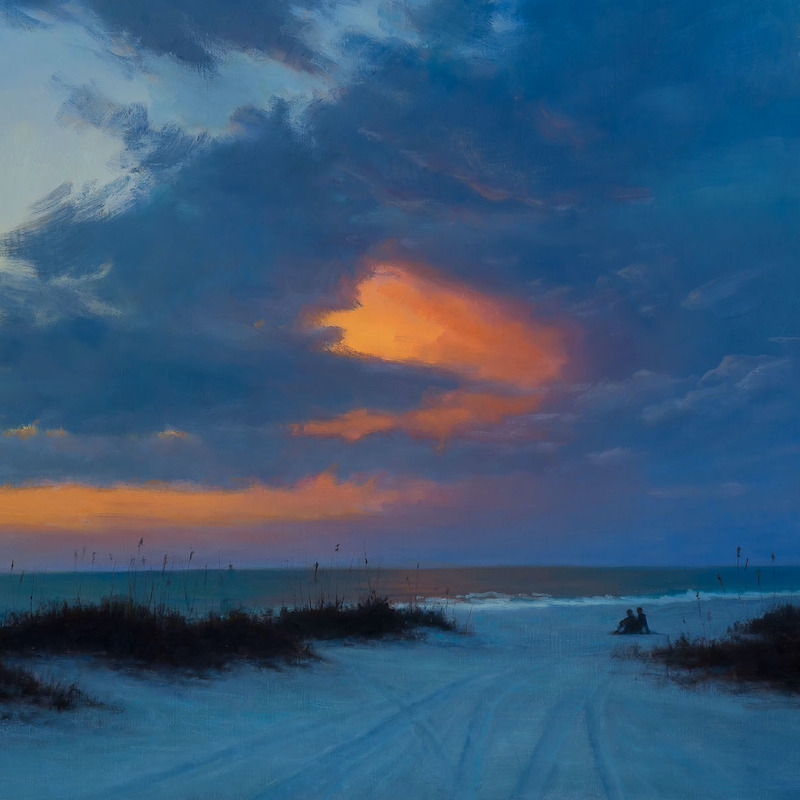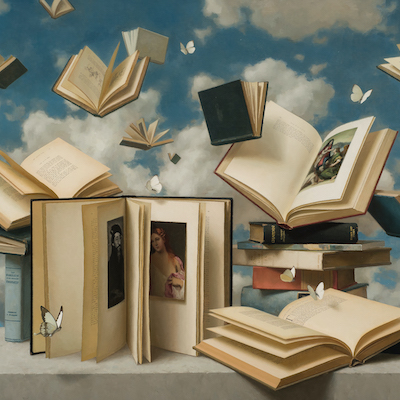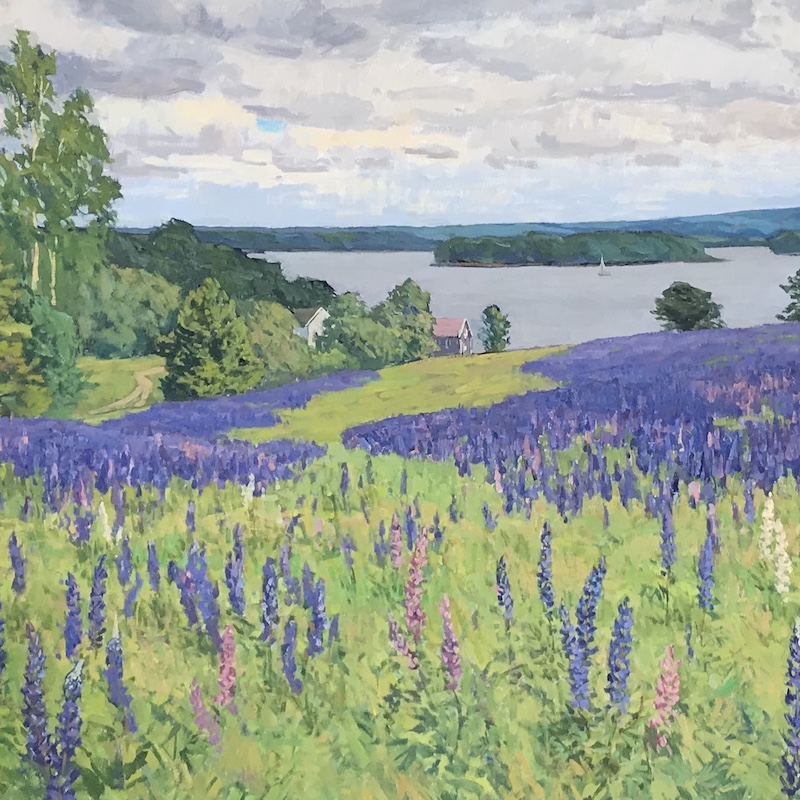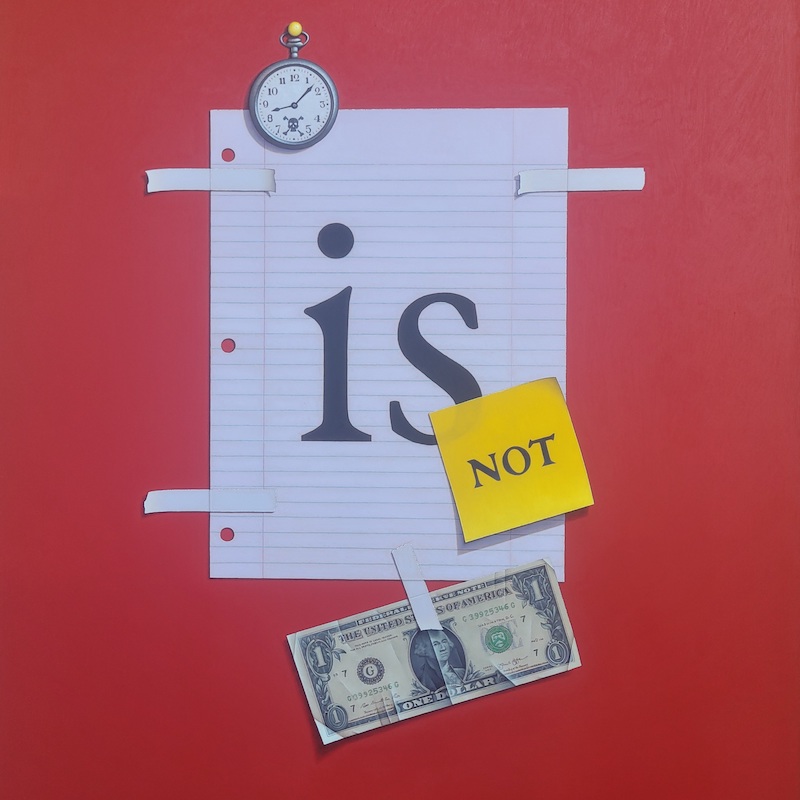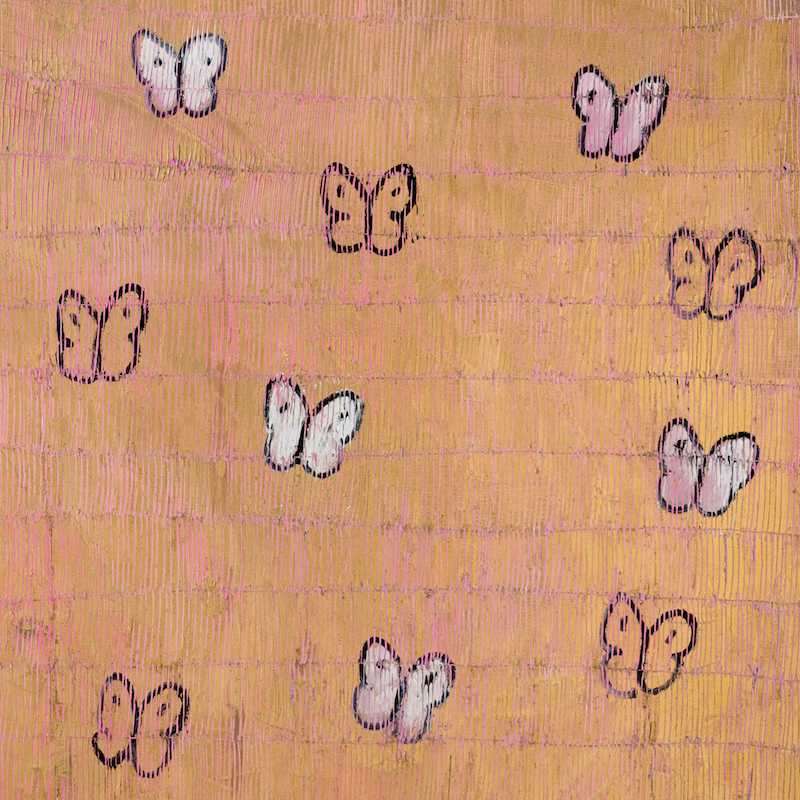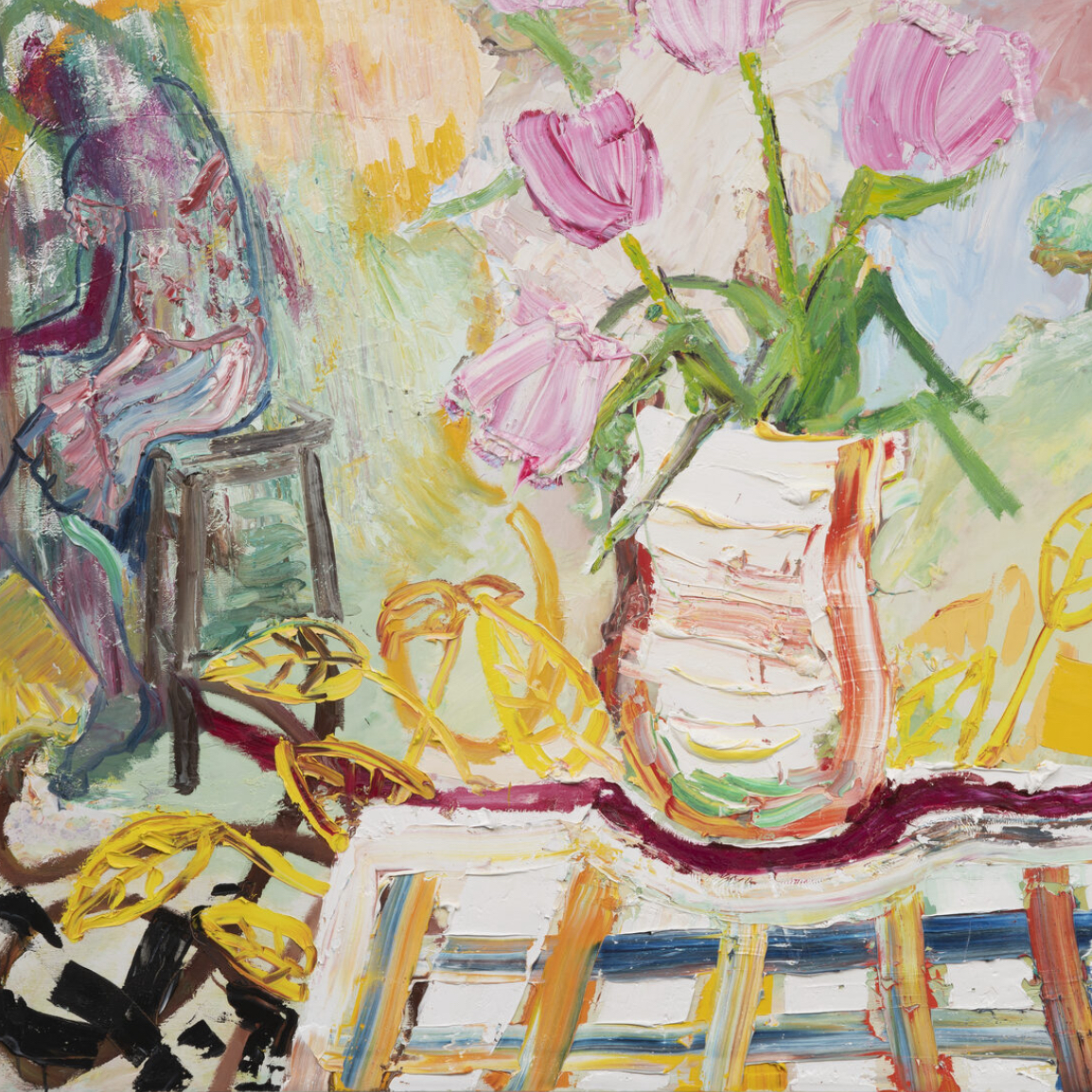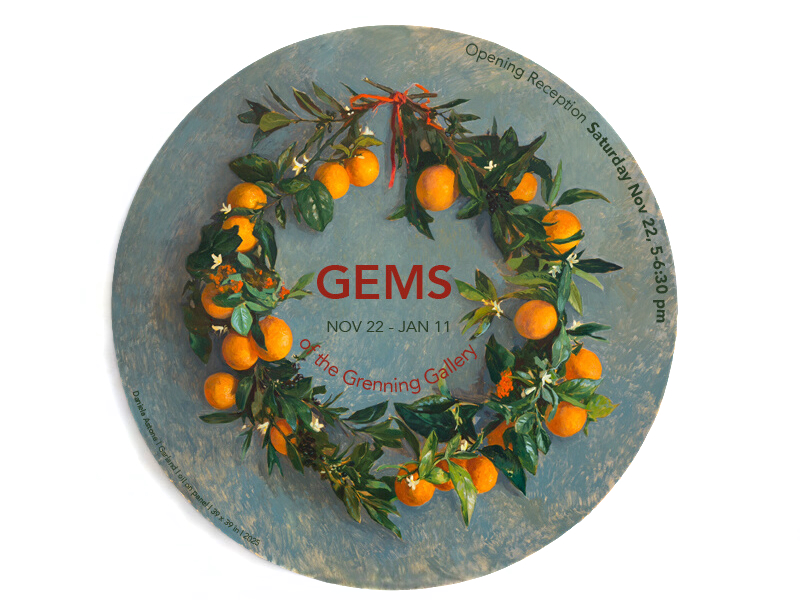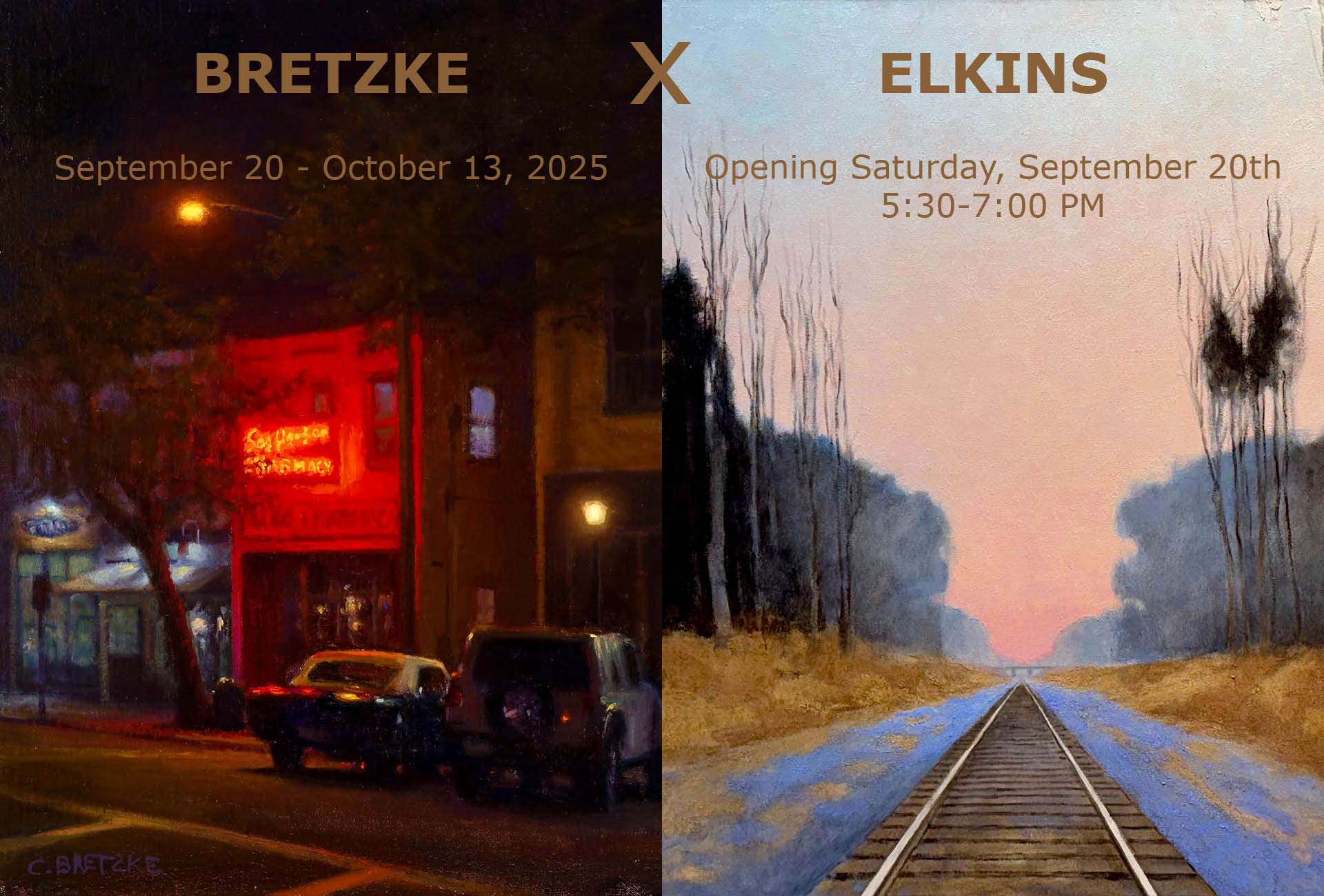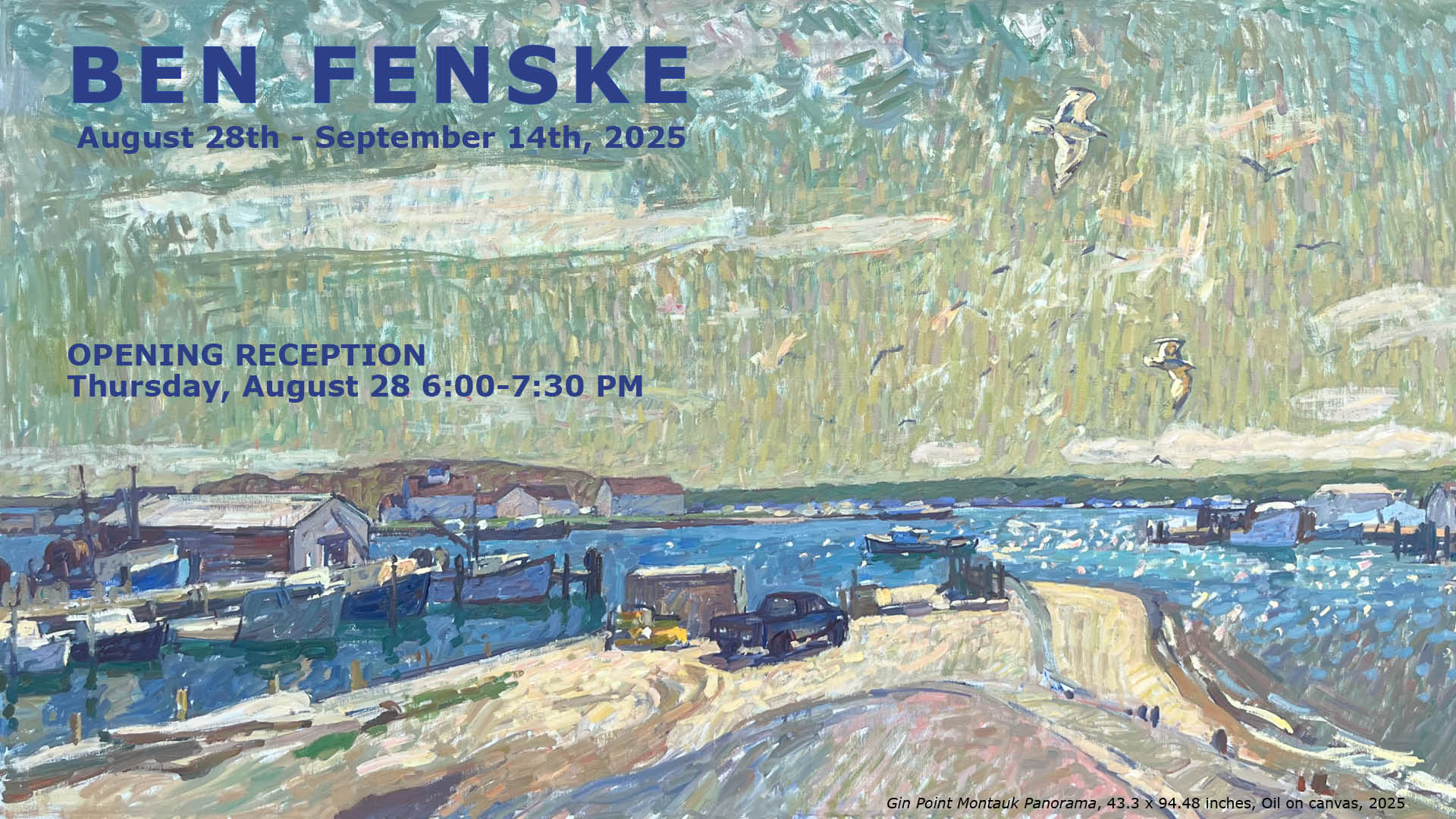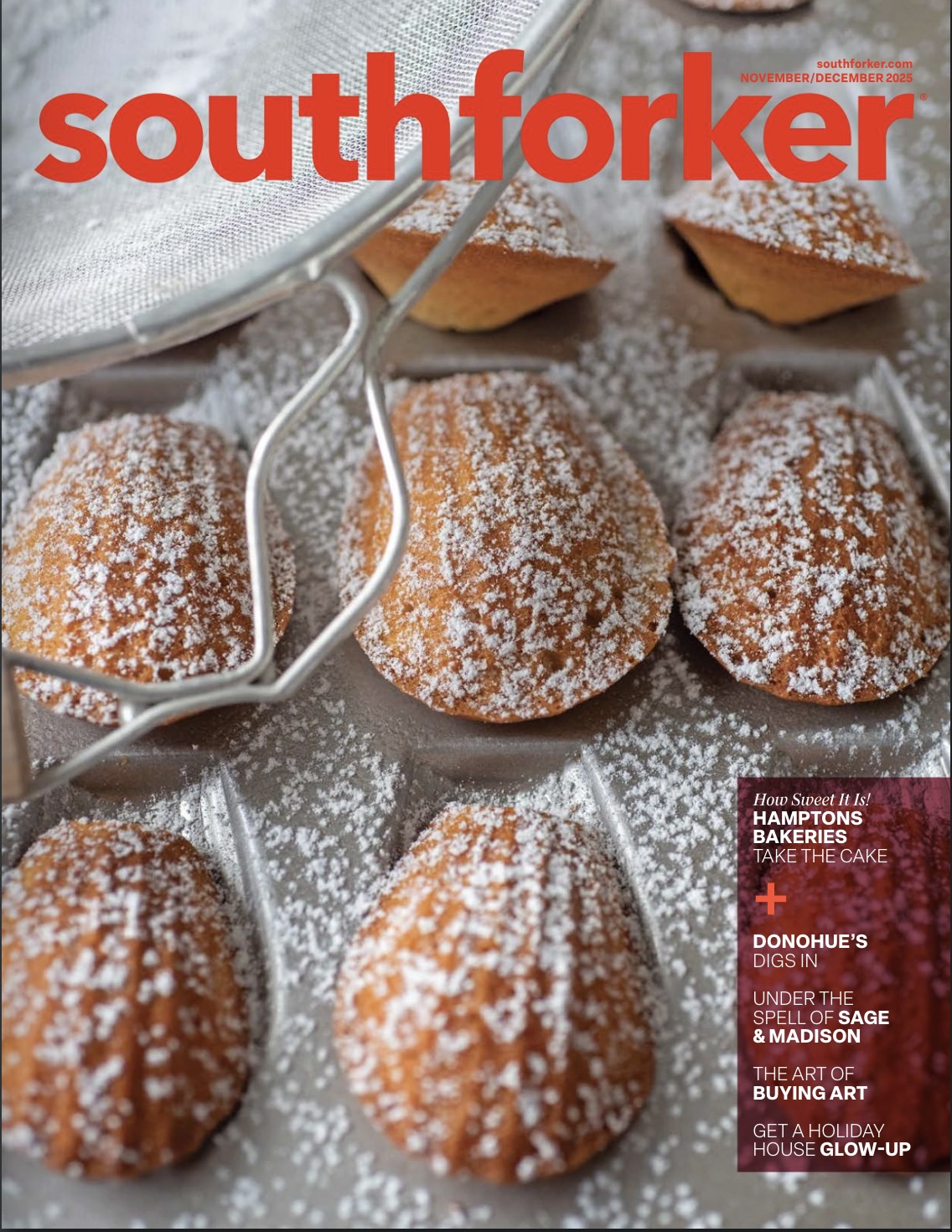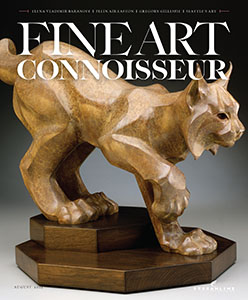FEATURED ARTISTS
FEATURED EXHIBITIONS
GEMS of the Grenning Gallery
November 22, 2025 - January 11, 2026
The Grenning Gallery is excited to present Gems of the Grenning Gallery, our annual holiday exhibit featuring a variety of small-scale paintings from several artists, including local, domestic, and international talents! Staff will search our inventory for the best little gems from renowned GG artists such as Hunt Slonem, Ben Fenske, Daniela Astone, Kelly Carmody, Marc Dalessio, Sarah Lamb, and Sag Harbor’s Darius Yektai. Fresh works will be unveiled by Terry Elkins, Amy Florence, Kristy Gordon, Doug Reina, and Nelson H. White. Finally we are pleased to introduce works from emerging artist Robert Elliott. This collector of artworks will be accessible to all, with prices ranging from $500 to $50,000. As a “Cash & Carry” show, collectors can take their paintings home the same day they purchase. The exhibit runs from Saturday, November 22nd through Sunday, January 11th, 2025. A reception is scheduled for Saturday, November 22nd, from 5:00pm to 6:30pm.
In Light of Tumbleweeds
October 18th - November 19th, 2025
The Grenning Gallery is pleased to announce our next exhibition, In Light of Tumbleweeds: a group show presenting the latest work from contemporary painters, Viktor Butko, Amy Florence, Rolf Hellem, Mathias Meinel, & Melissa Franklin Sanchez. This exhibition highlights the beauty and culture that emerges after the Hamptons’ busy season ends. Many visitors ask year-round residents, “Oh, so you live here year-round…?!” and “What is it like in the off-season?” as if they can’t fathom life going on after the beach gets windy and cold. Well, these cooler months allow us locals to dive into our passion for the East End, and the quiet allows us to thoroughly enjoy our chosen East End lifestyle. Fishermen continue to fish, farmers continue to harvest, equestrians tend to their horses, and a walk down Main Street is a saunter - finally no longer a congested struggle. This exhibition celebrates the beauty of the offseason and the spiritual importance of slowing down.
Please join us at the Opening Reception on Saturday, October 18th, from 5:30 to 7:00 pm at 26 Main Street, Sag Harbor, NY, 11963. The exhibition will hang through Sunday, November 16th, 2025.
In his 9th year exhibiting at Grenning Gallery, Viktor Butko (b.1978, Moscow) delivers a stunning series of landscapes; each painting providing the viewer with a moment of awe and a deep exhale. Butko has a way of capturing scenes at their ideal hour. Whether it’s the low sun in the mornings, the high sun of the afternoon, or the setting sun of the evenings, Butko has mastered the soothing sense of wonder evoked by being outside and enjoying nature.
Butko’s largest landscape this year, “Summer Evening Over the Harbor” presents a vast blue sea at the foot of a hill. The foreground is structured with typical New England homes, catching the last bits of dappled light from the setting sun. Trees reach upwards with all their green leaves still intact. The sea is quiet, and although most of summer’s moorings have been abandoned, a scattering of modest sailboats and dories bob along the water. The distant horizon consists of verdant hills and valleys, catching that golden sunlight and casting shadows in their wake. The sky above delicately shifts in hue.
“Sunset at Dering Harbor” features a vibrant array of colors as a pink sun meets the horizon; purple clouds stretch across the candy-sprinkled sky. Again, Butko has created a scene that makes the viewer feel blessed to witness this majestic moment; the only other bystanders are the four gangly trees intersecting our view.
Rolf Hellem (b.1998, Norway) delivers a pair of new oil paintings that share sentiments of leisure and resilience. A beautiful seascape presents a marina of sailboats at rest, glowing in the evening sunlight. Another painting depicts a sun-soaked man in his dory, a cigarette in his mouth, intently focused on the fishing net in his hands. Not only is the beautiful setting a wonder to behold, but it is also an abundant resource for the locals who spend hours collecting home-grown sustenance. We, of course, see more of this hard labor in Hellem’s “Fisherman’s Fight” paintings, which we will pull out from the racks, having first exhibited them in February of this year.
Amy Florence (b.1989, London) is known at Grenning Gallery for her affectionately rendered compositions of flowers, which we are fortunate to exhibit; her 2 latest florals present wildflowers, centrally configured – each bouquet a trophy in honor of the field she picked them from.
Another series we’re putting forth from Amy Florence in this exhibition is her Equine Series. Horses have been depicted by artists since the prehistoric caves of Lascaux; the imposing four-legged animal served as a symbol of man’s dominance over the environment. Horses have also served as symbols of wealth and power, with regal paintings of kings atop horses in battle, to portraits commissioned of noblemen posing atop their stately steeds. Florence, however, is not painting the equine subject as a symbol of status or domestication; she is alternatively studying them in their natural routines. Florence studied the anatomy of horses for months via books and by spending time on a friend’s farm. She copied several sketches made by Munnings to prepare for painting horses from life. After she witnessed the creature’s day-to-day habits, she chose to convey them just as they are: standing in their stables, trotting through a grassy plain, or taking solace in the shade for a bite of hay. Florence implements her new knowledge on the anatomy, textures, and temperaments of these magnificent animals. We are also pleased to share several paintings of Sag Harbor that Florence created on her most recent trip here.
Year after year, Melissa Franklin Sanchez (b.1984, England) has successfully captured the importance of introspection and immersing oneself in the comfort of their surroundings, both in nature and in her home with her family. At first glance, “Self Portrait in My Garden” looks simply like a landscape; her grassy backyard is a lush carpet of green and dotted with glowing fireflies. Yet within the boundaries of her green garden towards the back edge, we discover a silhouette of the artist. She places herself into the landscape as an ode to this sanctuary she’s cultivated, where she spends time with her children, their imaginations able to thrive.
Inside her home, there are flowers from her special garden, trimmed and arranged in some of the many vessels’ artists collect and utilize in their still life compositions. At the stairs, Franklin gazes upward to see (and hear) her husband playing violin against the natural light behind him. The staircase is ornate, with blue and white decorative tiling, or Azulejos; each step up is a tender craft to behold.
Finally, we will be showing the works of Mathias Meinel (b.1981, Germany), a relatively new artist who debuted here in Autumn 2024. These wetscapes of his homeland are a proud love letter to his surroundings. Meinel uncovers the beauty of a flooded field under grey skies and looks closely at what lies beneath the surface of a muddy puddle. These paintings are not glorified representations, but they are honestly observed and true, and therefore glorious.
Bretzke | Elkins
September 20th - October 13th
The Grenning Gallery is pleased to announce our next exhibition, a two-person show presenting the latest work from contemporary realist painters, Carl Bretzke and Terry Elkins. Please join us, and meet local artist Terry Elkins at the Opening Reception on Saturday, September 20th, from 6:00 to 7:30 pm at 26 Main Street, Sag Harbor, NY, 11963. The exhibition will hang through Monday, October 13th, 2025.
Both Bretzke and Elkins are masters at observing their surroundings; Bretzke is known for his alluring and scenic nocturne paintings. This year, we are thrilled to have several new nocturnes from Bretzke, set here in the village of Sag Harbor! Elkins is known for his prismatic landscapes, with vast skies and clean lines to direct our gaze. Both artists focus their eyes on what some may consider mundane scenery, and they amplify the charm that caught their interest, obliged to share the beauty they see.
Ben Fenske Solo Exhibition
August 28 - September 14
The Grenning Gallery is pleased to announce our 18th Annual Solo Exhibition, showcasing latest works by the brilliant impressionist painter, Ben Fenske. Please join us and meet the artists at the Opening Reception on Thursday, August 28th from 6:00 to 7:30 pm at 26 Main Street, Sag Harbor, NY, 11963.
The exhibition hangs through Sunday, September 14th, 2025.
RECENT PRESS
SouthForker Magazine | Nov-Dec 2025
At the Very Heart of It
Making the case for buying, and collecting art, even on a budget. Written by Emily Toy. "The act of buying art, and the reasons why to do it, are largely an emotional endeavor. The first and most important reason to buy art is simple, and somewhat obvious: You buy it because you love it."
Fine Art Connoisseur - July/August 2025
LOOK UP: DEPICTING THE SUN & MOON By Max Gillies
"All too often, we take them for granted. Every now and then, though, we slow down to refocus on the sheer wonder of our sun and our moon. Without the former, we simply could not exist and it is the moon that governs our tides and (usually) illuminates our nights..."
Purist | June 2025
Hunt Slonem's Natural World
The artist's embrace of the divine, on view at Sag Harbor’s Grenning Gallery. Written by Ray Rogers.
https://thepuristonline.com/2025/05/hunt-slonems-natural-world/

